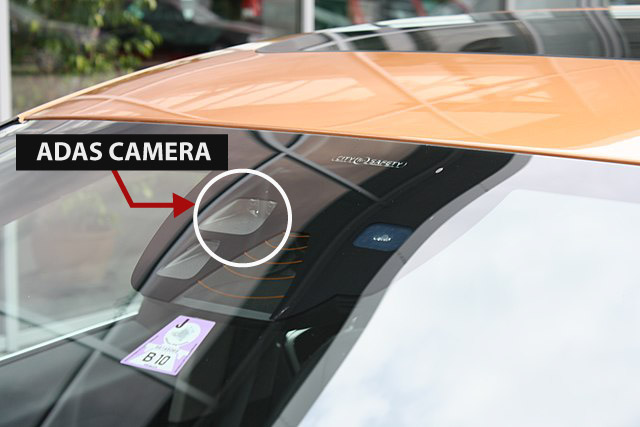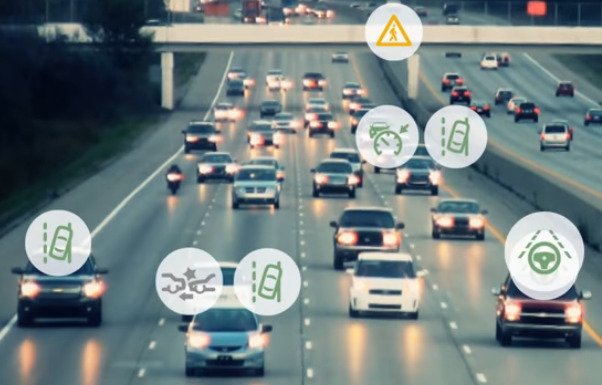We Are Experts in ADAS Calibration
We are a 100% Florida-based company.


What is ADAS?
ADAS stands for Advanced Driver Assistance System and it’s a complex system of sensors, cameras, and computers in your vehicle designed to help automatically with driving and parking. Cameras and sensors are located all around the vehicle, for example, on the rear or front bumper, side view mirrors, windshield, and a few other places.
These sensors send signals to the computer system in your automobile and the computer issues commands for
- Automatic Emergency Braking
- Forward and Rear Collision Warning
- Adaptive Cruise Control
- Night Vision
- Blind Spot Detection
- Rear Cross Traffic Alert
- Around View Monitoring
- Ignition Control with Intoxalock®
- Around View Monitoring
- Lane Keeping
- Lane Departure Warning
- Parking Assist/Self-Parking
- Adaptive Headlights that steer with the vehicle
- and Automatic Headlight High-Beam Activation and Dimming
If a dangerous situation develops, ADAS will send the driver a warning signal or even perform necessary actions to prevent a collision. In order to work properly, as the manufacturer intended, the sensors, cameras, and computers in your vehicle must be calibrated, tuned in to work together.
Advanced Driver Assistance Systems are designed to help ensure your driving safety and comfort. Some sort of ADAS is a standard feature on all new cars, trucks, and vans.
What is an ADAS calibration?
To do their job, ADAS rely on signals from different sensors that allow the vehicle to “see” what is happening around it. The most common are camera, LiDAR, ultrasonic sensors, and steering sensors.
An ADAS calibration is a process of aligning the cameras and sensors of your vehicle so that the Advanced Driver Assistance Systems can work correctly.
All vehicles are initially calibrated when manufactured.
Most ADAS sensors are very precisely aimed and require re-calibration if their positions are disturbed in any way. If a sensor is misaligned for just a fraction of an inch your ADAS could be aimed at an area 30-40 feet off the road causing your car to break suddenly and to feed your vehicle misinformation about vehicles around you.
Misaligned sensors often result from collisions – you never know, even a small bump on a parking lot can misalign ADAS sensors.
Regular maintenance on your vehicle, like new tires, new wheels, wheel alignment, suspension job and all windshield replacements will also require re-calibration.
Failure to calibrate a sensor when required will send incorrect signals to the ADAS and the system will not operate properly. You may or may not see a warning light or a warning message on the instrument panel depending on the vehicle, you might notice an unusual side pull of the vehicle, increased vibration on the steering wheel or other indicators depending on your vehicle type.


What Our Customers Say






